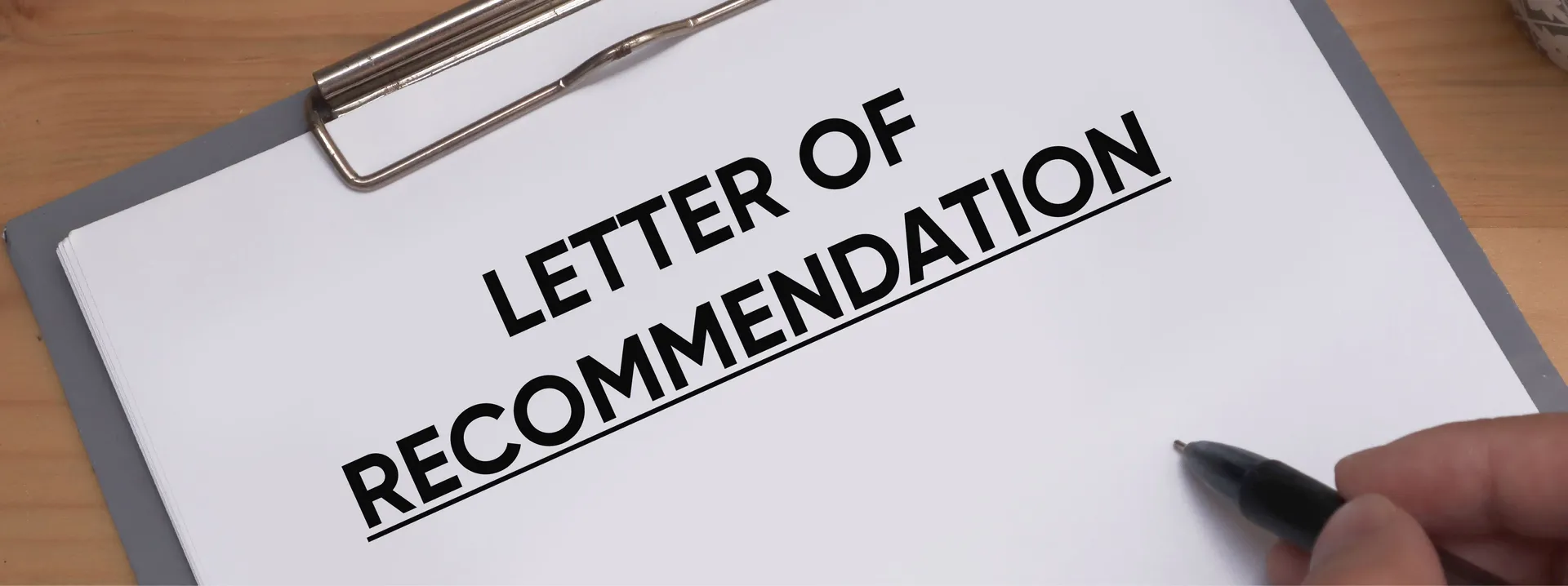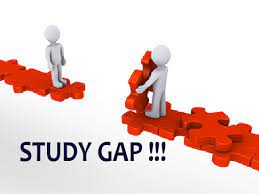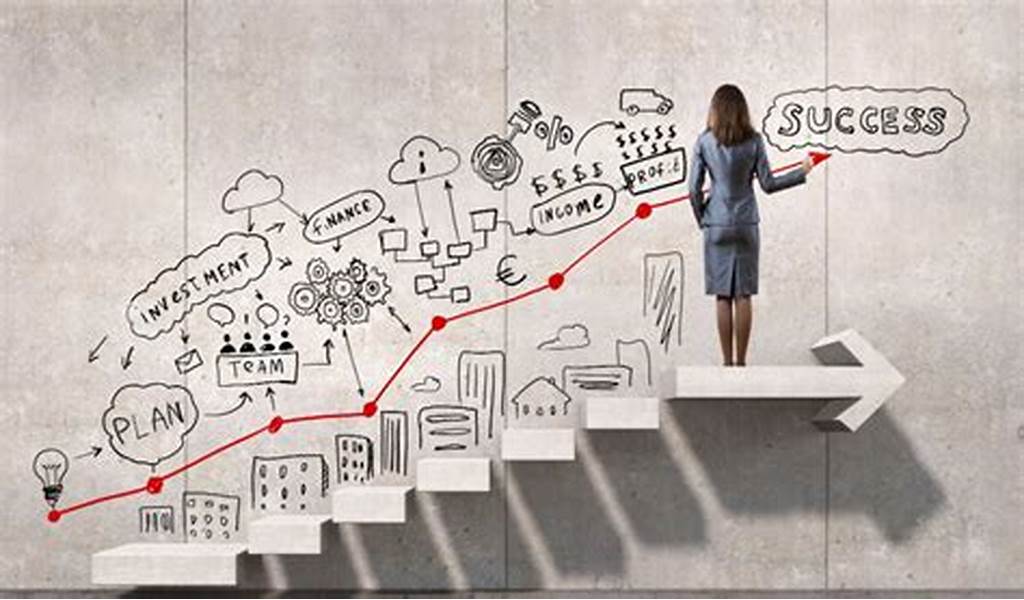The Role of Standardized Testing in Education


Test-takers, put down your pencils! The mere term has the power to chill students. However, what if we told you that standardized testing is more than just nightmares with multiple-choice questions and sweating palms?
Standardized tests have become the benchmark by which we evaluate academic achievement in the high-stakes world of education. However, do they actually represent a student’s aptitudes or are they just an ineffective system that has outlived its usefulness? It’s time to examine the contentious role of standardized testing in our educational system in further detail as discussions concerning its efficacy continue.
We’ll go deeply into the realm of standardized testing, from comprehending the fundamentals to investigating worldwide viewpoints. We’ll discuss its advantages, address its drawbacks, and look at how it affects the same students it is meant to evaluate. Thus, polish your #2 pencils and prepare to delve into the intricate world of standardized testing, where assessment and education collide and learning’s future is at stake.
Understanding Standardized Testing
Definition and Purpose
Using uniform questions, administration techniques, and scoring guidelines, standardized testing is a methodical approach to evaluation that gauges students’ knowledge and abilities. These examinations’ main goal is to give an unbiased assessment of students’ performance across various districts, schools, and even nations. The purpose of these standardized tests is to guarantee educational accountability, provide information for curriculum improvement, and direct the formulation of educational policies.
Types of Standardized Tests
In education, standardized assessments come in a variety of forms. Students’ knowledge in particular subject areas, such science, math, or reading, is evaluated through achievement examinations. Tests of aptitude gauge a student’s capacity for future performance or learning. The SAT and ACT are examples of college entrance exams that assess students’ preparedness for higher education. Specialized examinations are also available for pupils with disabilities and English language learners.
Historical Context in Education
The use of standardized testing in education dates back to the imperial examinations of ancient China. Early in the 20th century, standardized tests became popular in the US as an effective way to evaluate big student populations. Standardized testing as a means of enhancing American education was further expedited by the 1957 launch of Sputnik. These assessments now have a big influence on how educational policies and practices are developed around the globe.
Benefits of Standardized Testing
Objective Measurement of Student Performance
In a variety of educational contexts, standardized tests offer a reliable and unbiased way to evaluate students’ knowledge and abilities. Students from various schools, districts, or even states can be fairly compared because to the equal playing field provided by these tests.
Identifying Learning Gaps
The ability of standardized testing to identify potential problem areas for kids is one of its main benefits. Teachers can identify particular topics or ideas that need more attention by examining test results. This allows for more focused interventions and individualized teaching methods.
Facilitating College Admissions
The college admissions process mostly relies on standardized tests. They serve to guarantee a fair and uniform selection process by giving colleges a standardized criteria to assess applicants from different educational backgrounds.
Assessing School and Teacher Effectiveness
These assessments are also a useful tool for assessing how well instructors and schools are performing. Education administrators can determine effective teaching strategies and areas for curriculum and instruction improvement by comparing results from other institutions.
Going forward, it’s critical to weigh the advantages and disadvantages of standardized testing in order to form a fair assessment of its function in education.
Criticisms and Limitations
Narrowing Curriculum Focus
The tendency of standardized testing to reduce the focus of the curriculum has drawn criticism. Other crucial areas of education frequently receive less attention as schools give priority to the subjects included in these tests. This may result in less time being devoted to courses that are essential to a well-rounded education, such as music, art, and physical education.
Test Anxiety and Stress
Students may experience severe anxiety and stress as a result of the pressure to perform well on standardized tests. Performance and general well-being may suffer as a result of this psychological load, which may have long-term effects on academic confidence and mental health.
Socioeconomic Disparities
Existing socioeconomic gaps in schooling are frequently brought to light and made worse by standardized testing. In comparison to their more affluent colleagues, students from low-income households may not have access to tools and exam preparation materials.
Cultural Bias in Test Content
Cultural bias in the content of several standardized tests has drawn criticism. Inaccurate assessments of students’ actual skills may result from questions and passages that represent experiences or information more recognizable to particular ethnic groups, possibly disadvantageous to students from varied backgrounds.
Teaching to the Test Phenomenon
The “teaching to the test” phenomenon, in which teachers concentrate mostly on test-specific material and tactics, is a result of the emphasis on standardized testing. In addition to limiting creativity and critical thinking abilities, this method can also lessen the variety and depth of classroom learning opportunities.
Impact on Students
Academic Performance Evaluation
A key component of assessing pupils’ academic success is standardized testing. These tests offer a standardized way to evaluate knowledge and abilities in a variety of learning environments. Critics counter that they might not fully represent a student’s range of talents, thus ignoring critical thinking and creativity.
College and Career Readiness
The purpose of many standardized examinations, like the SAT and ACT, is to assess students’ preparedness for college. Scholarship chances and college admissions decisions may be impacted by these tests. Furthermore, some standardized assessments evaluate students’ preparedness for the workforce, offering insightful information to help them plan their futures.
Self-Esteem and Motivation
There is continuous discussion on how standardized testing affects kids’ motivation and sense of self. While poor results might cause despair, high scores can increase motivation and confidence. Many students may experience stress and anxiety as a result of the pressure to perform well on these tests, which may have an adverse effect on their general wellbeing.
Test-Taking Skills Development
Developing certain test-taking techniques is a common part of standardized test preparation. Some contend that an overemphasis on test preparation may take away from more worthwhile learning experiences, even though these abilities might be helpful for future academic and professional pursuits.
Examining viable substitutes and changes that can allay these worries while upholding educational accountability is crucial as we think about how standardized testing affects kids.
Future of Standardized Testing
Technological Advancements in Assessment
Future developments in technology have the potential to completely transform standardized testing. The use of computer-adaptive testing (CAT), which modifies question difficulty in real-time based on student performance, is growing in popularity. This method lessens exam anxiety while offering a more accurate evaluation of a student’s aptitudes. Furthermore, grading systems are incorporating machine learning and artificial intelligence to provide more complex analyses of open-ended responses.
Balancing Standardization and Personalization
Finding a careful balance between preserving uniform assessment metrics and taking into account different learning styles will be crucial for the future of standardized testing. Data from standardized tests is being used to build personalized learning plans, which are becoming more popular. While still meeting uniform standards, these plans enable teachers to adapt their lessons to the unique strengths and limitations of each student.
Policy Trends and Reforms
The shortcomings of conventional standardized tests are becoming more widely acknowledged by education policymakers. By adding project-based assessments and portfolios to their evaluation systems, several states are taking a more comprehensive approach. With some schools implementing opt-out rules, there is also an increasing tendency towards lowering the frequency and stakes of standardized examinations. The function of standardized testing in education is anticipated to change as these reforms take root, becoming a part of a more complete assessment environment.
In education, standardized testing is still a contentious and complicated issue. Although it has advantages like accountability and objective measurement, it is also criticized for its drawbacks and possible detrimental effects on pupils. Standardized testing’s future most certainly depends on a well-rounded strategy that addresses its shortcomings while incorporating its advantages. Aara Consultancy can help you with Test Preparation, Career Counseling, Abroad Counseling and much more.
Assessment techniques must be continuously reviewed and improved as educational systems change. This could entail looking into other options, putting reforms into place, and taking in viewpoints from around the world. The ultimate objective should be to develop a thorough assessment system that precisely gauges students’ aptitudes, promotes learning, and gets them ready for success in the future.
We provide 360° Solution for your Education Needs. Contact us






